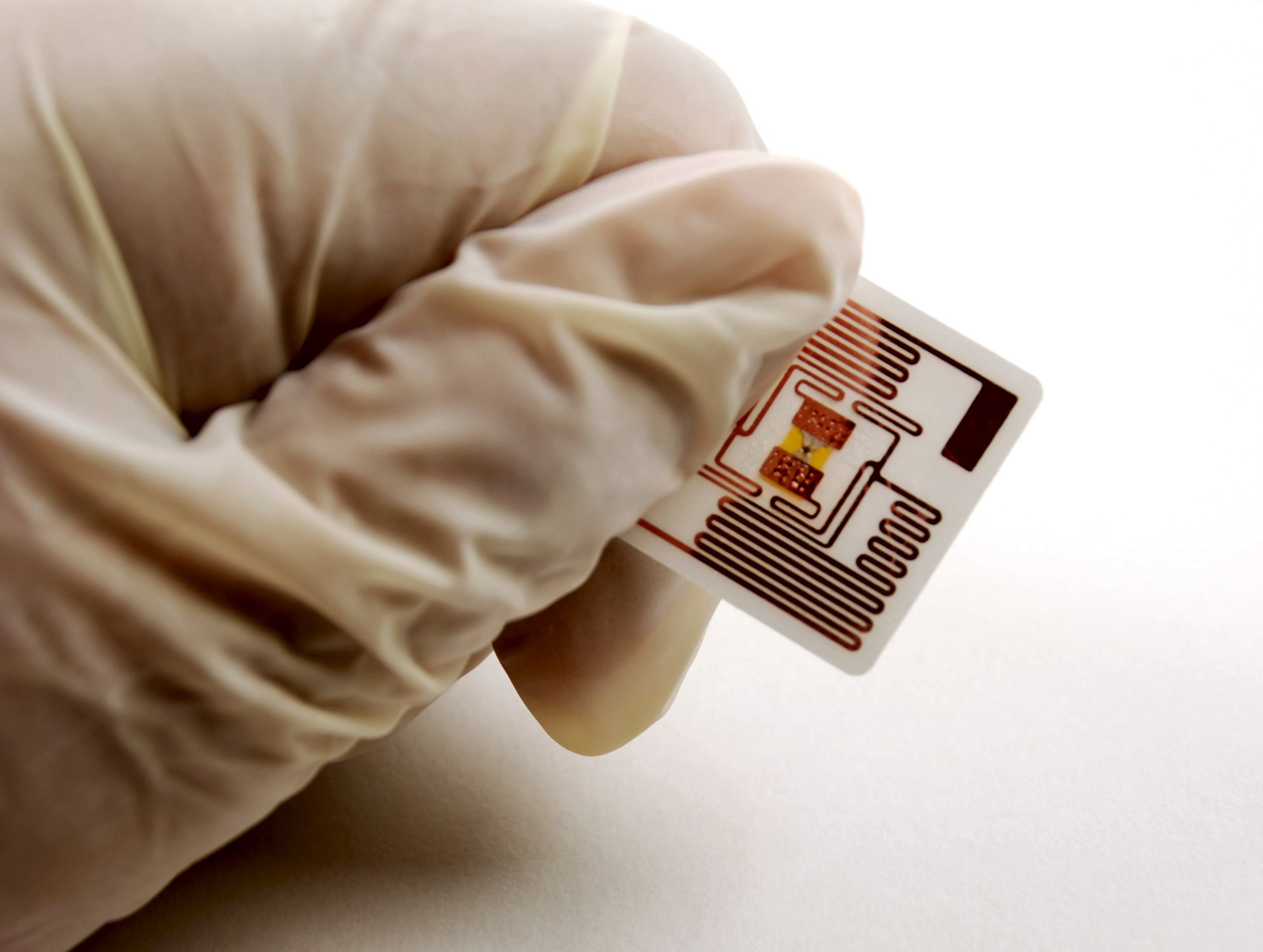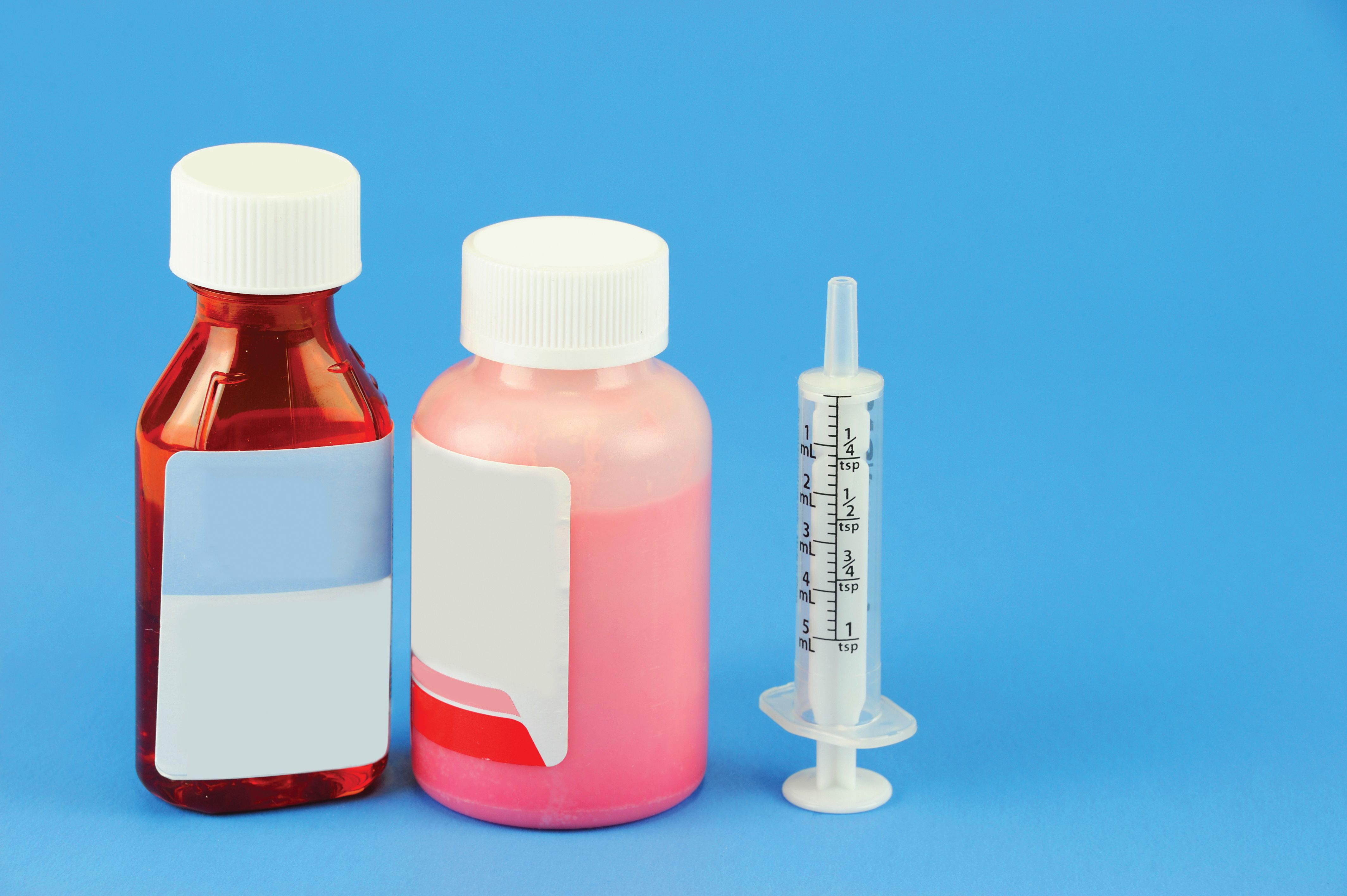News
Article
Equipment and Processing Report
Equipment and Processing Report
Producing Bio/Pharma Equipment Using 3D Printing
Author(s):
The freedom of design found in additive manufacturing offers the potential for improved processing equipment, both in prototypes and commercial equipment.
Additive manufacturing (AM), also known as 3D printing, is a set of manufacturing methods in which parts are built by adding layer on top of layer of material (e.g., metal, polymer) using a design from a software file. One of the most significant advantages of AM is design freedom-without the constraints of traditional metal or polymer manufacturing methods, parts can be designed for improved functionality or potentially be made smaller and lighter weight. In many cases, multiple parts that previously had to be assembled can be consolidated and manufactured as one part, no assembly required.
Advantages of AM
GE Healthcare is exploring the possibilities of AM for biopharmaceutical processing equipment, said Christel Fenge, head of Bioprocess R&D at GE Healthcare who is responsible for additive manufacturing activities at the company’s facility in Uppsala, Sweden, in a presentation at INTERPHEX 2019. “Additive manufacturing simplifies the supply chain,” explained Fenge (1). “Typically, manufacturing requires an extensive supplier base for parts that all need to be managed, documented, and inspected.” In one example, a metal connecting port for large filter housings that was traditionally assembled with 11 parts was reduced to one part using AM, resulting in a 75% reduction in lead time to produce. The redesigned, more compact part with no welding also allowed an 80% weight reduction. The metal 3D printed part did require a post-processing polishing step to make it fit for product contact.
Some of the first uses of AM in a wide range of industries were for rapid prototyping. Although AM has progressed beyond simple prototyping and into validated, repeatable manufacturing processes, protoyping continues to be valuable application. “Rapid prototyping can shorten the development cycle from months to weeks,” said Fenge. “Technical transfer to production is also simplified. Conventionally, it can take six months to a year to validate and scale up a manufacturing process, but with AM this time is reduced.”
Redesigned parts can have a more optimized flow path over what is available on the market today with traditional manufacturing, added Fenge. “Although adding complexity would normally add risk of failure and additional time and cost, AM provides complexity for free,” she said.
In another example of a project at GE Healthcare, a prototype of a gas mixer was 3D printed using a new design that made the part more compact and improved gas mixing. The number of parts was reduced from 23 to one, and 12 fittings (each of which adds a risk of leakage) were eliminated, said Fenge.
AM also allows cost-efficient development and manufacture of products that do not sell in large numbers. GE Healthcare launched a small-scale chromatography column (HiScale 10/40) typically used for viral validation studies during process development (e.g., of monoclonal antibody manufacturing processes) in early 2019 that uses AM to make polymeric, non-product contact components of the column. With traditional manufacturing, the column required seven different tools to generate the relevant components, but the new design requires no tools at all, said Fenge.
AM offers the potential for more portable manufacturing. “We could potentially use it in-country to manufacture spare parts for a Flex Factory, for example, and reduce inventory complexity and lead time,” concluded Fenge.
PTFE parts made with AM
Material supplier 3M has developed the ability to 3D-print fluoropolymer parts made from polytetrafluoroethylene (PTFE). PTFE has very high chemical resistance and temperature stability, but PTFE designs are constrained in conventional manufacturing because it is not melt-processable. With a stereolithography (SLA) or vat-polymerization additive manufacturing method, however, complex part geometries can be created. 3M is now offering AM of PTFE as a service using open-source SLA-based AM and a tailored 3M material formulation developed specifically for the technology.
“We’re seeing early adoption for mixers, dispensers, nozzles, and components for chemical processing equipment, as well as custom and complex fixtures, clips/brackets, and sample racks and holders for manufacturing and laboratory equipment used in harsh environments. Parts can be produced on-demand and tailored to the application with custom shapes and sizes,” says Tim Schniepp, business development manager for Additive Manufacturing in 3M's Advanced Materials Division. These applications take advantage of the performance of PTFE in designs where the required geometry was previously either very difficult or not feasible to machine. The technology is currently limited to small parts (approximately 120 x 80 x 80 mm).
The company has found that the post-processing needed for PTFE is complex. “Parts are dried and sintered to remove the aqueous solution and binding agents, but results in pure PTFE parts; the process leverages our fluoropolymer processing knowledge and it takes approximately a week,” says Schniepp. The complex post-processing method was a driver for 3M to offer part production as a service rather than simply supplying the material.
“Ideally, our vision is to work collaboratively with our customers from the early design concept stages through to part manufacturing to take full advantage of the technology,” says Schniepp. “In reality, customers come to us at all stages of the development cycle, including with fairly mature designs.”
3M developed a set of design guidelines for PTFE AM and helps companies optimize their designs, but 3M does not provide full design services at this time; customers are responsible for the performance of the final manufactured parts. The guidelines “provide direction for a number of key parameters, including overall part size, wall thickness, print orientation, and much more,” says Schniepp.
While the company is actively providing parts to customers now, Schniepp says the technology is in the “scale up” phase, and 3M is establishing its additive manufacturing facilities with the proper controls and requirements in place to be able to meet GMP requirements once the necessary testing is completed.
The group is actively working on gathering the data needed to show the reproducibility of the printing process. “Our mechanical and physical property characterization data has shown very good consistency (and very good isotropy as well), but additional quality control testing is in-work to further demonstrate repeatability in a statistically valid manner,” says Schniepp. He notes that the company is applying its lean Six Sigma manufacturing methodologies to the 3D printing business. “[The level of reproducibility] is a good question and one on which we’re definitely focused-the answer is crucial for adoption in critical part applications.”
Reference
1. C. Fenge, “Accelerating Additive Manufacturing,” Presentation at INTERPHEX (NYC, 2019).
Newsletter
Get the essential updates shaping the future of pharma manufacturing and compliance—subscribe today to Pharmaceutical Technology and never miss a breakthrough.






